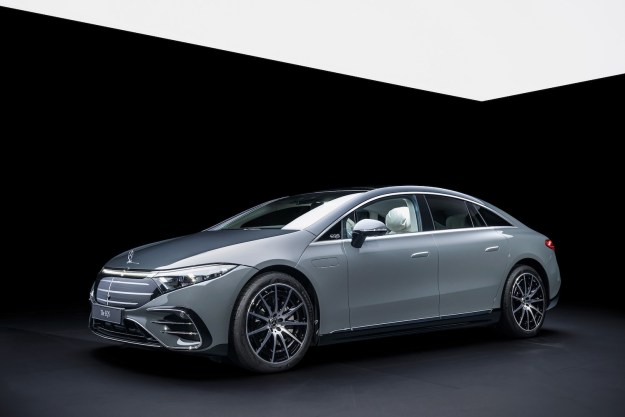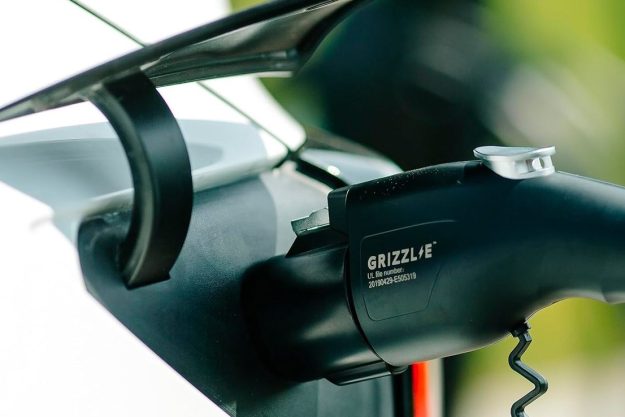Morgan has not confirmed that the identity of its new car, but the image — and the hints in the video — suggest that the new car will be an update or replacement of its high-performance Aero. The teaser image shows a front end similar to the current Aero and the video, while not showing much, does have some hints.
It is not possible to see much in the short, 35-second video … but ohhhh the sound.
The video opens to the sound of a roaring V8 over a shot of a sumptuous quilted leather seat. While Morgan has three current V8 models, it is unlikely to replace the Plus 8 model, which has been in continuous production since 1968. This makes the Aero models the Aero Coupe and the Supersport the likely candidates.
The outgoing car was powered by the same BMW V8 that propelled the previous M3. It is unclear whether this new car will be getting an updated version of the engine or if new arrangements have been made.
It is easier to make guesses about styling and construction. The video ends with a brief clip of a welder. For other car makers this could just be a aesthetic touch, but for Morgan it is probably a hint. Morgan is known for coach building cars, largely of wood. Its only all-metal models are the race-inspired, all-aluminum Aero models, which are based on Morgan’s GT3 race car.
The little we have seen of the car is also suggestive. The front-end shown in images appears to be an Aero model. Which is to say a fantastic steampunk melding of 1920s and ’30s styling with modern cues. It really isn’t like any other car on the market today, and it looks fantastic.
Hopefully this new Morgan will keep the styling and update what’s underneath to keep it relevant as a performance machine. We can’t wait for next week.


